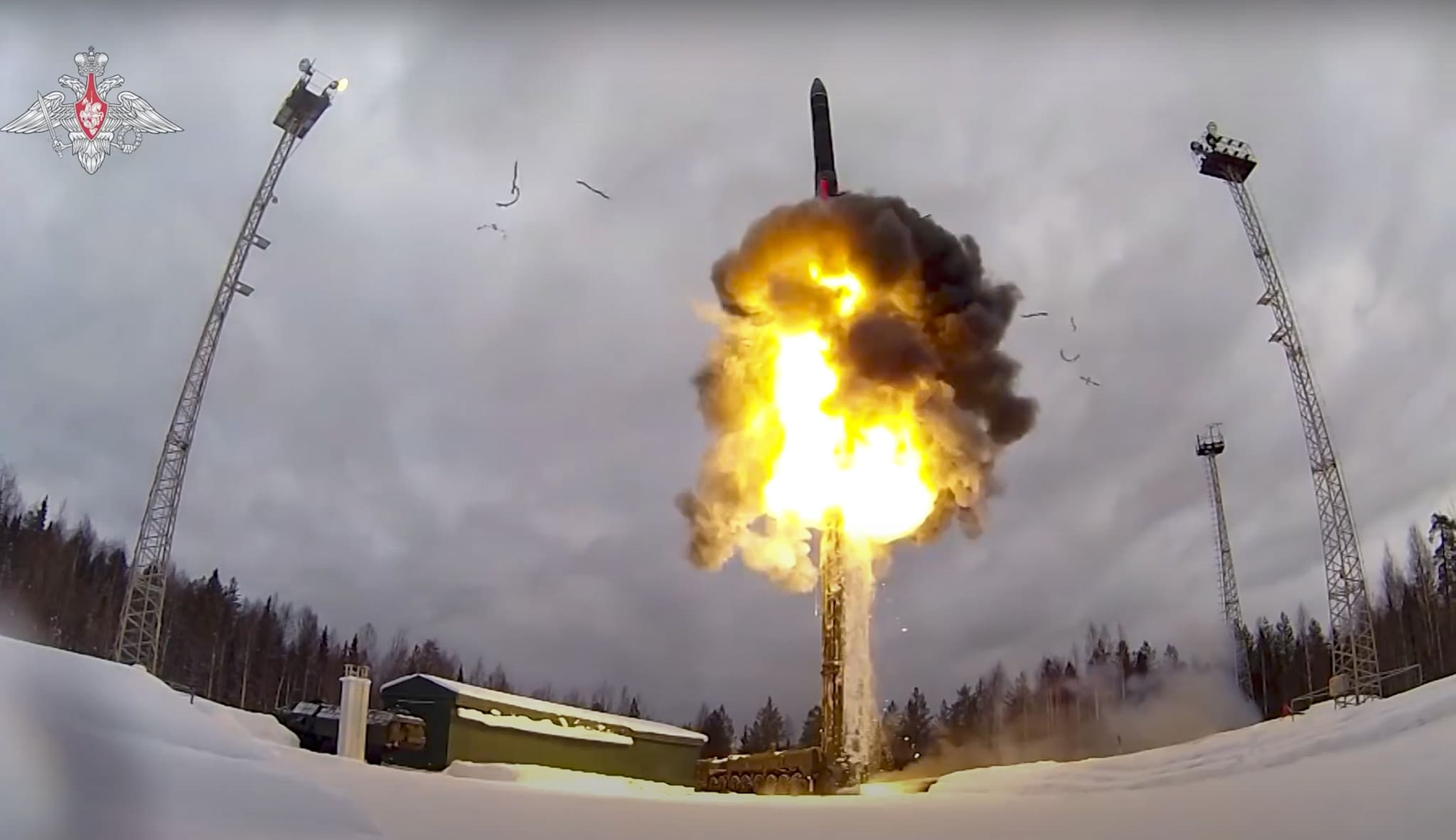Western sources have reportedly leaked Russian plans drawn up between 2008 and 2014 for “a series of overwhelming strikes across Western Europe,” the Financial Times reported.
Citing documents from Western security sources, Putin allegedly sought to enable the Russian navy to execute nuclear strikes within NATO territory were a conflict with the alliance to emerge.
Targets would not be solely military. According to William Alberque, a former NATO official, “There could be hundreds, if not thousands, of targets mapped across Europe, including military and infrastructure targets.”
Russia is also evidently still capable of transporting nuclear weapons on surface ships, which experts say carries a significant risk of escalation or accident. The Strategic Arms Reduction Treaty (START I), signed by the U.S. and Russia in 1991, was supposed to have eliminated this possibility, although many have often questioned Moscow’s adherence to it.
Possible targets presented by the FT included the west coast of France, military installations in Norway, Germany, and Estonia, as well as the British port town of Barrow-in-Furness, known for its production of nuclear submarines.
“They see (tactical nuclear warheads) as potentially war-winning weapons,” says Jeffrey Lewis, a professor at the Middlebury Institute of International Studies in Monterey and an arms control expert. “They’re going to want to use them, and they’re going to want to use them pretty quickly.”
Anton Bendarzsevszkij, director of the Oeconomus Economic Research Foundation, has said that “there is a global arms race that resembles the Cold War of the 1950s and 60s,” according to Mandiner.
Russia is said to have north of 5,500 nuclear warheads in its arsenal, while the United States has just over 5,000, meaning the two countries control some 90 percent of such weapons today.






